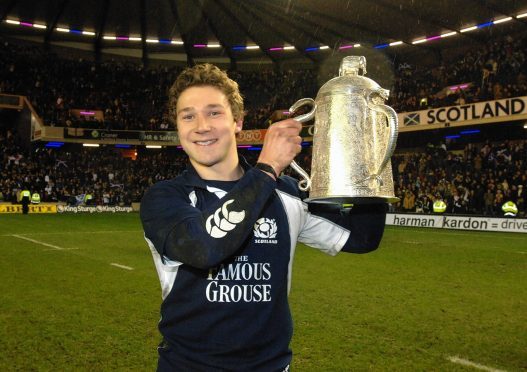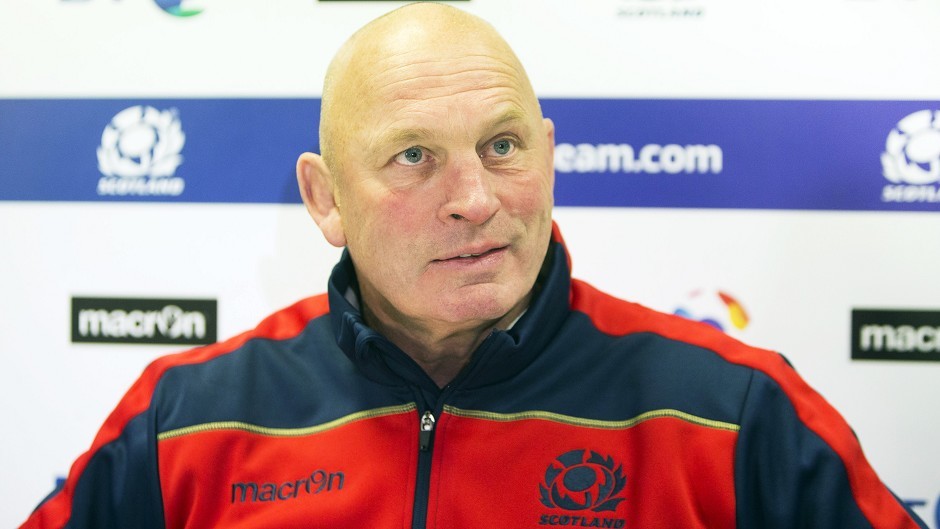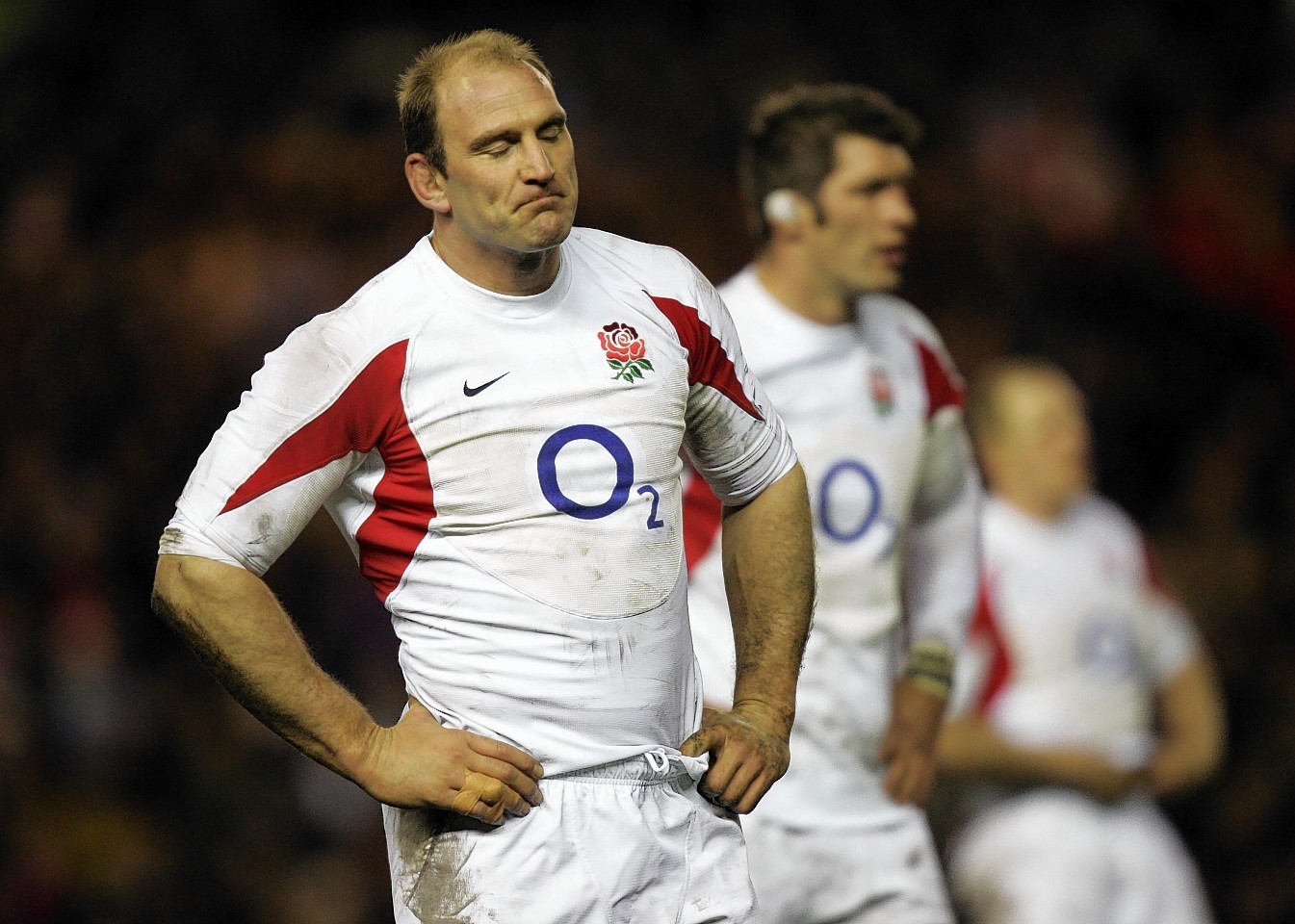The clock is ticking down to the start of the Six Nations Championship and Scotland launch their campaign against Auld Enemies England at Murrayfield on Saturday.
This is a contest which always throws up lashings of pride, passion and controversy, and, as usual, the Scots will be underdogs as they strive to exorcise the memories of last season’s dismal Wooden Spoon.
Yet, there are reasons for hope, not least in the quality of performances served up by Vern Cotter’s squad at the World Cup in the autumn. And England are going into uncharted territory with plenty of fresh faces and a new coach, Eddie Jones, in charge of the Twickenham brigade.
There is another factor which offers positivity and that springs from some previous triumphs achieved by Scotland in these contests in years ending with the figure 6. And if you doubt that, just check out these vintage moments from the archives.
1926: England 9, Scotland 17
This was the first time the Scots ever won at Twickenham and they did so with the same swagger they had oozed while gaining their maiden Grand Slam success the previous year. Stars such as Ian Smith, Dan Drysdale, Herbert Waddell and John Bannerman were in no way intimidated by the trip to London and they led 14-3 at half-time, with tries from Smith and Waddell.
There was no way back for the English, who were bewitched, bothered and bewildered by characters such as Bannerman, a big Highlander who played for his country in 37 consecutive games between 1921 and 1929 – and beat England no less than four times.
1946: Scotland 27, England 0
This was one of the most momentous afternoons in Scottish sporting history. On the same day, the SRU and the SFA’s finest took on England at Murrayfield and Hampden Park – with more than 200,000 fans in attendance – and the hosts won both.
On the football stage, Jimmy Delaney’s 89th-minute goal provoked mass celebrations. While, 50 miles away in the east, tries from Ian Lumsden, Gordon Watt, Billy MacLennan and Billy Munro, yielded an emphatic win for Scotland in what were termed “Victory Internationals”.
That proud ensemble sealed the unofficial rugby championship and subsequently defeated a New Zealand Army side, who were the All Blacks in everything but name.
1986: Scotland 33, England 6
In the first few seconds of the match, Scotland’s John Beattie flattened England’s Wade Dooley and that set the tone for a tussle where a buzzing, belligerent home XV simply blew away their adversaries and recorded their biggest-ever winning margin in the Calcutta Cup.
Murrayfield erupted the longer the battle raged and although the Scots only led 12-6 at the interval, they moved up several gears in the second half, scoring tries through Matt Duncan, the peerless John Rutherford and Scott Hastings.
The latter said later: “We trained at Easter Road before the game because everywhere else was frozen. And, on the day of the match, we were one of the very few fixtures which beat the weather.”
It was the only show in town. But what a show and what an outcome!
2006: Scotland 18, England 12
Scottish rugby was in the doldrums when the Grand Slam-chasing English personnel arrived in Edinburgh. But, on a wet and windy day in the capital, the form book was torn up in an almighty heap.
There was nothing pretty about the contest, which gradually developed into a battle of the boot between Chris Paterson and Charlie Hodgson.
But the former was in metronomic form, landing five penalties, and Dan Parks chipped in with a drop goal, as the hosts turned the screw.
England huffed and puffed in the closing stages. But they couldn’t score the try which might have transformed the situation.




